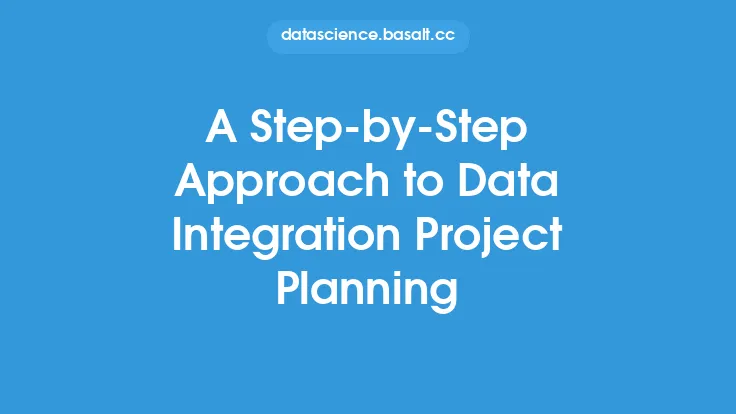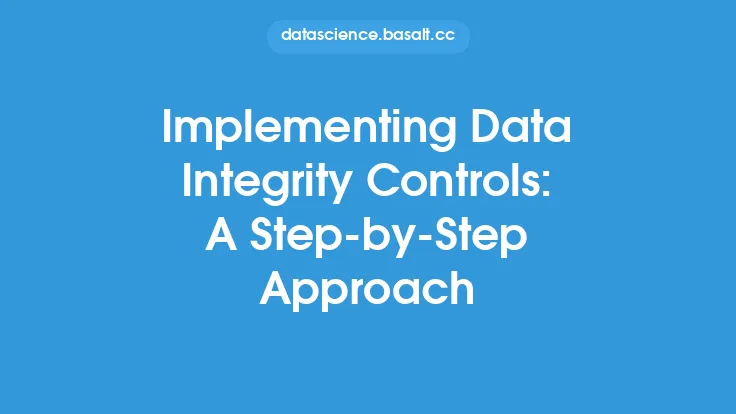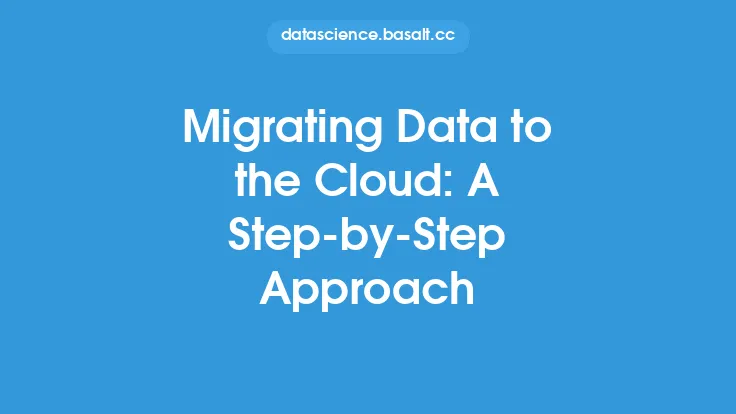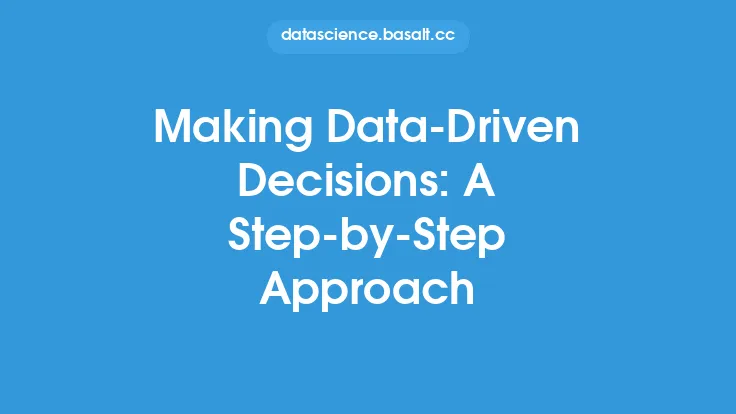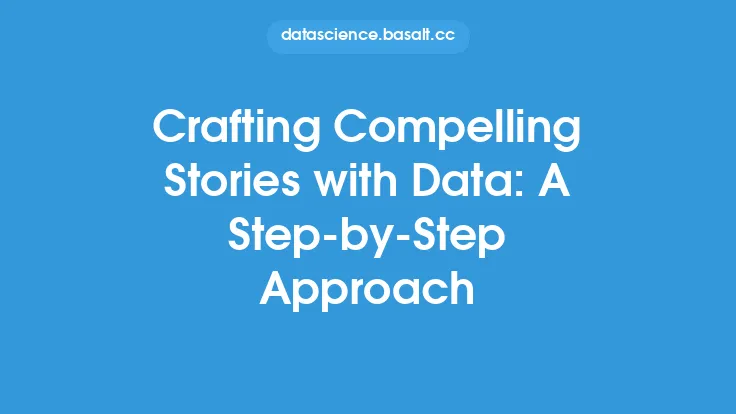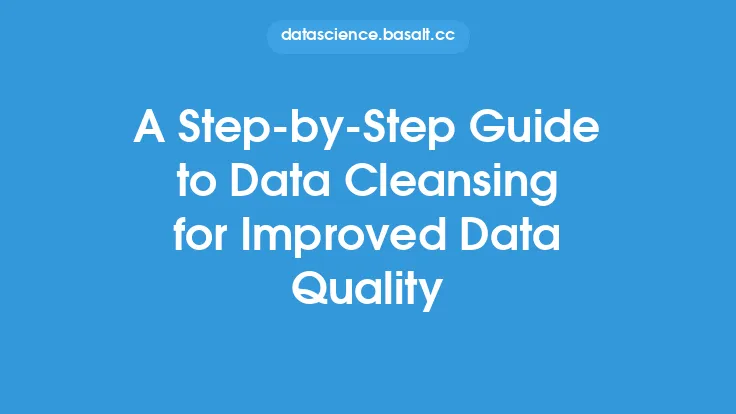Implementing a data management strategy is a crucial step for any organization seeking to unlock the full potential of its data assets. A well-planned data management strategy enables businesses to make informed decisions, improve operational efficiency, and reduce costs. In this article, we will provide a step-by-step approach to implementing a data management strategy that is tailored to the unique needs of your organization.
Understanding the Current State of Data Management
The first step in implementing a data management strategy is to understand the current state of data management within your organization. This involves conducting a thorough assessment of your data assets, including the types of data you collect, store, and use, as well as the systems and processes used to manage that data. You should also identify the key stakeholders and users of your data, including business leaders, data analysts, and IT personnel. By understanding the current state of data management, you can identify areas for improvement and develop a strategy that addresses the specific needs of your organization.
Defining Data Management Goals and Objectives
Once you have a clear understanding of the current state of data management, you can begin to define your data management goals and objectives. These goals should be aligned with the overall business strategy and should include specific, measurable, achievable, relevant, and time-bound (SMART) targets. For example, your goals may include improving data quality, reducing data storage costs, or enhancing data security. You should also establish key performance indicators (KPIs) to measure progress towards these goals and objectives.
Developing a Data Governance Framework
A data governance framework is a critical component of a data management strategy. It provides a structured approach to managing data and ensures that data is accurate, complete, and secure. A data governance framework should include policies, procedures, and standards for data management, as well as roles and responsibilities for data stakeholders. It should also include a data governance organization, which is responsible for overseeing the implementation of the data governance framework and ensuring that data management practices are aligned with business objectives.
Designing a Data Architecture
A data architecture is a blueprint for how data will be stored, processed, and used within your organization. It should include a detailed description of the data systems, applications, and infrastructure that will be used to manage data, as well as the data flows and interfaces between these systems. A well-designed data architecture should be scalable, flexible, and aligned with business requirements. It should also include a data warehouse or data lake, which provides a centralized repository for storing and analyzing data.
Implementing Data Management Processes
Once you have a data governance framework and data architecture in place, you can begin to implement data management processes. These processes should include data ingestion, data processing, data storage, and data analytics. You should also implement data quality controls, which ensure that data is accurate, complete, and consistent. Additionally, you should establish data security protocols, which protect data from unauthorized access, use, or disclosure.
Selecting Data Management Tools and Technologies
There are many data management tools and technologies available, each with its own strengths and weaknesses. When selecting data management tools and technologies, you should consider factors such as scalability, flexibility, and ease of use. You should also consider the total cost of ownership, including the cost of acquisition, implementation, and maintenance. Some popular data management tools and technologies include data integration platforms, data quality tools, and data analytics software.
Monitoring and Evaluating Data Management Performance
Finally, you should establish a monitoring and evaluation framework to assess the performance of your data management strategy. This framework should include metrics and KPIs that measure data quality, data security, and data analytics performance. You should also conduct regular audits and assessments to identify areas for improvement and ensure that data management practices are aligned with business objectives. By continuously monitoring and evaluating data management performance, you can ensure that your data management strategy is effective and aligned with the needs of your organization.
Conclusion and Next Steps
Implementing a data management strategy is a complex and ongoing process that requires careful planning, execution, and monitoring. By following the step-by-step approach outlined in this article, you can develop a data management strategy that is tailored to the unique needs of your organization. Remember to stay focused on the evergreen aspects of data management, including data governance, data architecture, and data quality. With a well-planned data management strategy, you can unlock the full potential of your data assets and drive business success.
